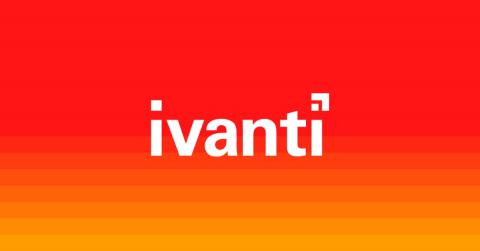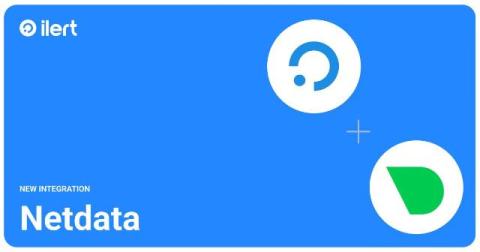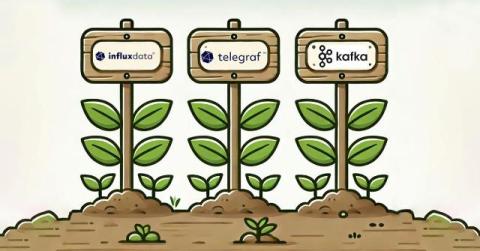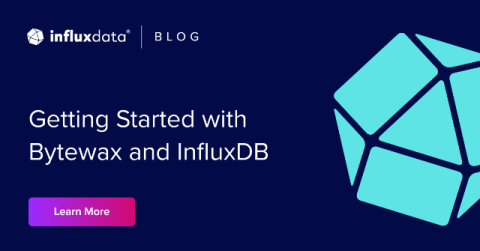Top 5 IT outages detected by StatusGator
StatusGator is the world’s best status page aggregator: We aggregate the status of thousands of cloud services and hosted applications from their official status pages. But everyone knows official status pages are often behind and in those critical moments before the status page is updated, you might be thinking “Is it just me? Or is it really down?” StatusGator’s Early Warning Signals solves that by alerting you before providers even acknowledge the incident.











